UNESCO acknowledges Arctic site
Tsá Tué, Courtesty of UNESCO
I registered that UNESCO had added 20 sites to its World Network of Biosphere Reserves during a meeting in Lima, Peru, in March. It escaped my notice, though, that one of them was in the Canadian Arctic. Thanks to @polarkatja on Twitter, I found out that Tsá Tué in Canada’s Northwest Territories was one of the new sites added to the list this year.
I have been trying to find out the background, and exactly what that means for the area and the small community of people who live there.
The area includes Great Bear Lake, which is described by UNESCO as “the last pristine Arctic lake”. I would like to know exactly what criteria are used to come to that conclusion, but have drawn a blank so far. It is the largest lake located entirely in Canada, covering an area of 12,000 square miles, on the edge of the tree line and hundreds of miles from large centres of population. It’s on the Arctic circle, and is said to be covered with ice from late November to July. (Normally, or hitherto, I should probably say. Who knows how long that will be the case with the Arctic warming so fast).
According to the brief description I found on the UNESCO website, the Taiga that covers much of the site is important to wildlife species including the muskox, moose and caribou.
The only human residents in the site are the Sahtúto’ine (The Bear Lake People), a traditional First Nation Dene Déline people (whose name means “where the water flows”). Their community of 600 is established on the western shore of the lake, where they live off harvesting and limited tourism activity.
It seems they must have been doing a fine job combining ecological and environmental concerns, which is why they have been added to the UNESCO list. It seems fair to say the sites on the list are sort of best practice examples. These are sites of global importance to both biological and cultural diversity and, together, they represent an almost full range of the planet’s ecosystems, according to the UN body.
UNESCO Biosphere Programme
UNESCO created its “Man and the Biosphere Programme” (could it perhaps be time to switch to “Humankind…?”) in the 1970s as an intergovernmental scientific programme to improve the way people in different parts of the world live with their natural environment. Biosphere reserves are supposed to be places to learn about sustainable development and reconciling the conservation of biodiversity with the sustainable use of natural resources. Not an easy task.
The total number of biosphere reserves is now at 669 sites in 120 countries, including 16 “trans-boundary” sites. New reserves are designated each year by the International Coordinating Council of the Programme, which brings together elected representatives of 34 UNESCO Member States.
Biosphere, SDGs and Paris Agreement
This year, the 4th World Congress of Biosphere Reserves ended on 17 March in the capital city of Peru with the adoption of a Declaration and a new ten-year Action Plan.The Lima Declaration sets out to promote synergies between Biosphere Reserves and the United Nations’ 2030 Sustainable Development Goals and the Agreement on Climate Change, adopted in Paris in late 2015. Clearly, none of these agreements can function in isolation.
The text recommends a “wider and more active role” for local communities in the management of the reserves and the establishment of “new partnerships between science and policy, between national and local governance, public and private sector actors.” It also calls for greater involvement of citizen groups and organizations, notably indigenous and youth communities and stresses the need for collaboration with scientific institutions such as universities and research centres. It is not hard to see that remote communities in the Arctic are a fine place to implement this.
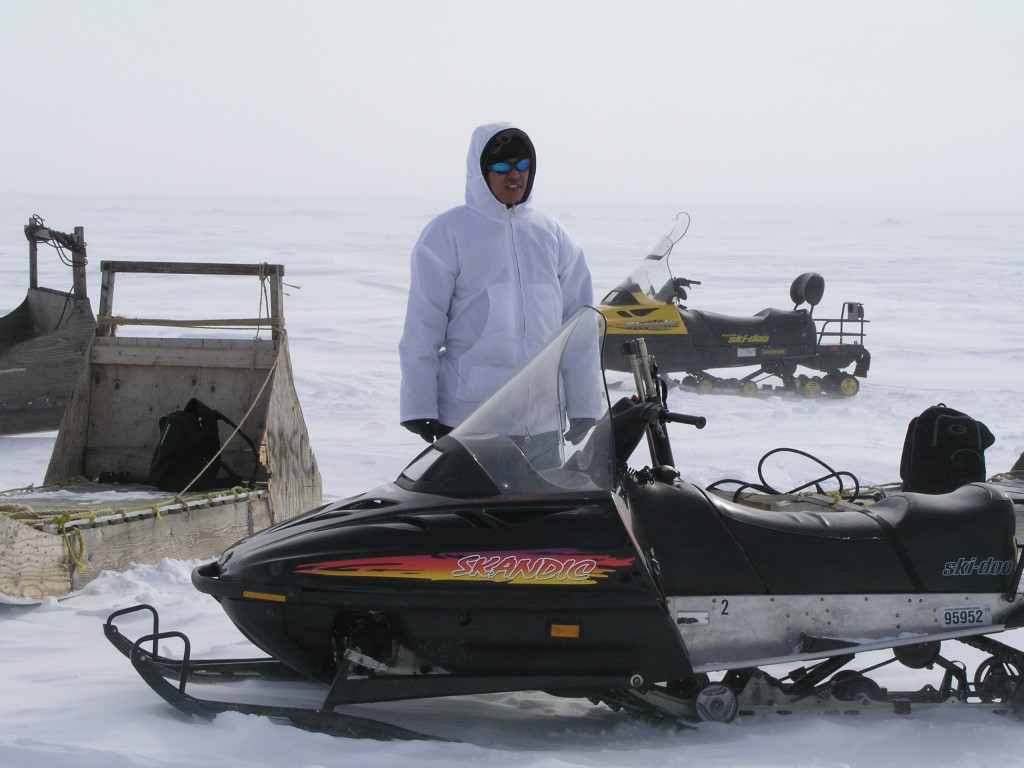
Remote Arctic communities rely on close cooperation. (First Nation guide standing bear guard for scientists) (Pic: I. Quaile)
Remote Arctic communities rely on close cooperation. (Pic: I.Quaile)
Threat from pollution and climate change
The Deline settlement is on the Great Bear Lake, near the headwaters of the Bear River. There is an ice crossing from Deline to the winter road on the far side of the Great Bear River. It seems there was an accident there just last month (March 2016) when a tank truck fell partway through the ice road, just a few days after the government had increased the allowed maximum weight limit to 40,000 kg (88,000 lb) on the road. The truck was loaded with heating fuel for the community, and the accident close to the community’s fresh water intake as well as a major fishing area. This would seem to illustrate the problems human settlement can cause for a key nature reserve area. In fact, it was possible to remove the fuel from the truck.
In terms of sustainable economic activities, today, the lake is a popular destination for people interested in fishing and hunting. Apparently, the largest lake trout ever caught by angling was caught here in 1995. One tourism website advertises the exclusivity of the region, saying only 300 anglers are allowed to fish every year.
In the past, though, mining has been carried out in the region, with uranium, silver and copper in evidence.
As well as climate change, possible mineral, oil and gas and mining exploration put additional pressures on the Lake region, says the UNESCO designation. “Local community elders and leaders worked for many years to develop environmental stewardships,” it says. Being added to the list is an acknowledgement of their commitment, and a way of increasing awareness of the continuing need to protect the area against these threats. The Yorkton News notes that the designation does not carry any legal protection for the land or restrict local decision-makers. “Its purpose, according to the Canadian Biosphere Reserves Association, is to share best practices and make it easier to conserve ecosystems without damaging residents’ ability to make a living on them”.
My congratulations to those who have succeeded in getting the region onto the UNESCO list. And I sincerely hope it will help you continue to restrict human influence on this key area and give encouragement to all those fighting to protect the Arctic on all levels. For that, though, they would have to know about it. So, Iceblog readers, now you have heard a little about it, let’s spread the word.
A letter from Svalbard’s dwindling sea ice
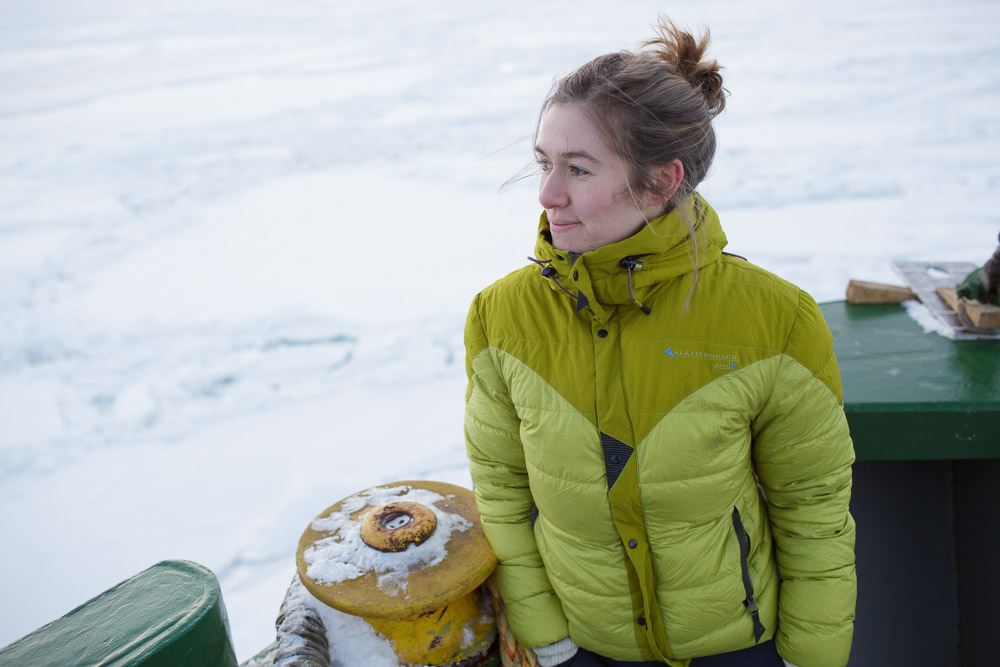
Greenpeace’s Larissa Beumer on board the Arctic Sunrise in the Spitsbergen archipelago. (Pic: Nick Cobbing, courtesy of Greenpeace).
The Arctic sea ice has reached its maximum winter extent for this season, and it was a record low, as reported here on the Iceblog.
The Greenpeace ship the Arctic Sunrise is currently sailing in the Hinlopen Strait in the Arctic archipelago of Spitsbergen, checking out the ice conditions. Larissa Beumer is on board. I wanted to know what the ice situation was like, and she sent me this report. Photographer Nick Cobbing is also on board, so that means we can have a couple of his wonderful pics on the Iceblog. Thanks Nick and Greenpeace.
LARISSA BEUMER: “The ice conditions up here vary considerably from year to year. But this year is really extreme. On the west coast, almost none of the fjords are frozen up. The only exceptions are Dicksonfjord and Van Mijenfjord (and that one isn’t frozen up as far as it “normally” is).
On the east coast, there is no solid, stable ice, frozen through like it normally is. The ice there is moving a lot, it has often broken apart and been blown together again by the wind, so it’s not reliable. (And in general there is less ice there as well).
That means tourists and locals are very severely restricted in their activities. Dog sled and snowmobile tours normally mainly use the frozen-over fjords on the west coast. But this year, a lot of the usual main routes are not usable. That means some of the main destinations like Pyramiden (and Isfjord radio) can only be reached by taking major detours over the glacier systems. The east coast is another of the main destinations for snowmobile excursions. You can still get there quite well, but driving over the ice is more risky than usual. (One tourist group went through the ice this season, but nobody was hurt).
We sailed north along the west coast, then east along the north coast to the Hinlopen strait. We didn’t encounter any large stretches of ice masses anywhere on route. Normally, there is so much ice up there in winter that the route is only navigable from June or July.
Actually, in “normal” years, the pack ice extends down from the north to the northern coast of Spitsbergen right into summer. Now it’s just the bginning of April and the pack ice only starts much further north. Sailing to Nordaustlandet is normally still challenging in August, because of the ice conditions. This year, it’s more or less navigable already. It used to be that expedition cruises billed as “Circumnavigation Cruises” had to change their route because the ice in the north was still so thick they couldn’t get through. I think at the moment you could already do a circumnavigation without any problems.
The ice we can see is mainly fresh ice, one-year ice, with open water here and there and a lot of breaks in it. As I said before, it’s moving about, breaks and is pushed together again. As far as we can see, the thickness is relatively varied, but there is a lot of thin ice amongst it.
The current ice chart from the Norwegian Meteorological Institute shows that a lot of ice from the south has been pushed into the Hinlopen Strait by the wind over the last two days. All this ice just wasn’t there a few days ago. It comes from the pack ice in the north-east, towards Franz-Josef-Land. So it’s not ice that formed here.
So, all in all, it seems fair to say that this year the ice conditions up here around Svalbard are catastrophic and way outside of normal variation. Oscar, our polar-bear guide, says he has never experienced anything as bad as this in the 13 years he has being living here.”
Larissa Beumer, on board the Arctic Sunrise, Spitsbergen.
Time to cruise the Northwest Passage?
When I came across a story about a sold-out cruise through the North-West Passage planned for this summer on a giant liner carrying around a thousand passengers, I couldn’t help remembering a workshop I attended in Tromsö in 2014, organized by the Washington-based Arctic Institute, Center for Circumpolar Security Studies, within the framework of Arctic Frontiers. I wrote a story afterwards entitled “Are we prepared for a catastrophe in the Arctic?”. The answer I got from the experts was definitely a “no”.
One scenario the experts had worked through made a particularly strong impression on me. It envisaged a cruise ship hitting an iceberg off the coast of Greenland. It was not a happy picture. More people on the ship than in the communities on land, not enough helicopters, not enough accommodation, too little medical capacity, in short a lack of infrastructure to cope, all round.
“A whole new dimension”
With the “Crystal Serenity” set to head through the Northwest Passage this August, I decided it was time to call up Malte Humpert, Director of the Arctic Institute, to get his view on the safety aspects of this – and the current state of shipping activities in the Arctic. He said this was a whole new dimension, with almost 2000 people, including passengers and around 600 crew:
“There’s varying challenges, ranging from ice flows to uncharted depths to unpredictable waters, and so the range of risk is pretty high. Of course one can take precautions like ice pilots, having rescue equipment, icebreakers on standby, but you’re still in a very remote area with very small populations, very limited capacity. So the larger these vessels get, the larger the rescue effort would be required to get people safely to land”, Humpert told me.
Just a few years ago, the Costa Concordia disaster made it clear to a lot of people that modern cruise ship tourism has a lot more risks than we might have thought. So what if something like that took place in the remote regions around Spitzbergen or Greenland, where cruise tourism has been increasing, or even in the Northwest Passage? Humpert describes that as “a very horrifying scenario to think about.”
The Arctic is not the Med
“The Costa Concordia was – half a mile or a mile offshore in the Mediterranean, one of the most frequented cruise ship lanes in the world, and even there it took over 50 lives. In the Arctic, if you’re looking at a ship with 1800 people, first of all you’re not in the Mediterranean where waters are rather temperate, and where you have calm seas most of the time. In the Arctic most likely if something goes wrong it’s not going to go wrong on a nice sunny day with 5 degrees Centigrade, it’s probably going to go wrong in really harsh conditions, and suddenly you have a ship with 1500 to 1800 people, most of the people probably elderly, in frigid waters. The largest communities are probably smaller than the amount of people on the vessel itself and even if you have a helicopter or two on standby, how long is it going to take to get those people off the ship?”
Humpert also mentioned an incident involving the “Clipper Adventurer”, which ran aground in the Canadian Arctic on an uncharted rock in 2010. Fortunately, it happened in shallow water, just about three and a half meters deep, Humpert says. “They had the fortunate circumstances that they had time to get people into rubber dinghies and get them to shore. But of course if you’re looking at 1500 to 1800 people, that’s a whole different dimension”, he stressed again.
Of course certain precautions can be taken.
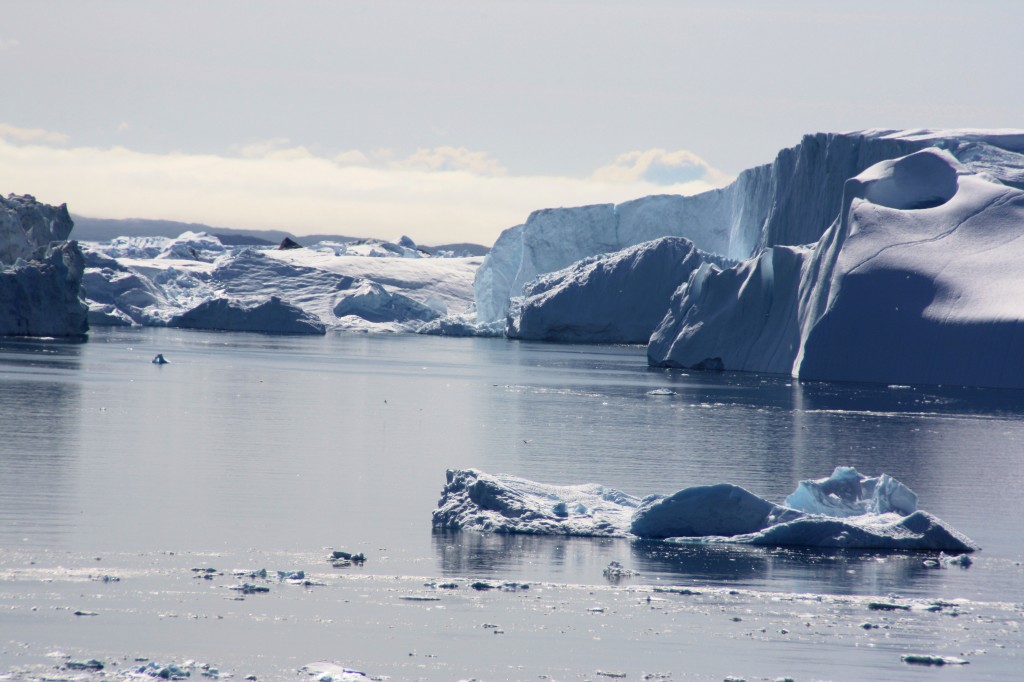
Cruising between the icebergs on Greenland’s west coast is a popular tourist attraction (I. Quaile, Ilulissat )
“The Danish coastguard along the west coast of Greenland requires cruise ships that go into Disko Bay and Iceberg Ally on the west side to go in pairs. They have to stay within a certain distance of each other when they go into ice-infested waters , just so there is actually a second floating platform that could take aboard these people if one of the cruise ships were to get into trouble. That in my opinion is one of the largest risks. Yes, you can have all the equipment on standby, you can have ice pilots along, but if something does go wrong and you need to get people off the ship quickly – the quickly part is the problem. And where do you put those people?”
Too big to sink?
With all of this, the problem is the huge size of today’s cruise ships. The thought of almost a thousand people converging on a small, remote Arctic community is one I personally find most unattractive. (That is an example of the British art of understatement.) Humpert stresses even when cruise ships go into regular ports, they have to take people ashore in groups.
With this first trip by a giant liner through the Northwest Passage, he reckons all possible precautions will be taken. But if the voyage works well, the danger is that more and more companies will want to follow suit and send large vessels up there.
“Then suddenly we might have lower budget cruises that don’t take the necessary precautions. With higher frequencies of these voyages, the risks definitely go up.”
After this record warm winter and the huge decline in the amount of sea ice in some regions of the Arctic, my feeling is that people can be lulled into a false sense of security, when they hear about a “warming Arctic”. Malte Humpert agrees.
“Whenever people read in the headlines “ice-free Arctic,” it kind of makes it sound like the Arctic is now your local pool or the Mediterranean, suddenly. The Arctic is still a very harsh environment. Just because the ice is melting during the very short summer season and because of this “warming” – that does not mean its suddenly warm – it’s still a very harsh environment and you forget that small mistakes in the Arctic can rather quickly become very deadly mistakes.”
The highest risk, according to the Arctic expert, is that people forget that a cruise in the Arctic can be a dangerous endeavor. “If everything goes well it would probably be the experience of a lifetime, but small errors can quickly become insurmountable in the Arctic”.
Northwest Passage – international waters
When it comes to regulating shipping in the region, Humpert notes that the Northwest Passage is considered an international strait. That means as long as commercial vessels or cruise ships have international certificates of transit, they are allowed to go through.
“Canada can require that vessels abide by environmental regulations, that they take on board ice pilots, the coast guard can prescribe certain routes. If they see that some channels along the Northwest Passage have too much ice, they can require cruise ship to go a different route. But in general, the Northwest Passage is accessible to anyone. And of course the more activity you have, the harder it becomes to ensure that environmental regulations are abided by, that accidental spills or other mishaps don’t occur in the Arctic, and so its a very careful balance between allowing these first business ventures to head up into the Arctic and at the same time fulfilling these pledges we have seen over the last five to ten years that the Arctic is a pristine environment and should be protected”.
I am deeply concerned that climate change is opening the Arctic so fast that it’s hard for environmental protection and safety measures to keep pace. Humpert says it’s always difficult for policymakers to keep up in cases like this. But he is full of praise for the oil spill and search and rescue agreements drawn up by the Arctic Council. The question is whether the assets and infrastructure are there to implement them. Icebreakers???
The cheap fuel paradox
Aside from the issue of cruise ship traffic, international freight companies have used the Northern Sea Route along the Russian coast in recent years to transport gas and commodities, reducing the distance between Shanghai and Hamburg by around 6,400 kilometers compared with the Suez Canal Route. .
Humpert’s Arctic Institute recently conducted a study on the feasibility of the Northern Sea Route for different types of shipping, compared with the other route.
The study includes a calculator, in the form of an online tool, and allows for variables such as vessel size, ice class, distance, ice extent, fuel price, average speed, NSR fees, etc., to give a very detailed calculation of what type of transport would be economically feasible. The tool illustrates how cost curves change depending on the amount of ice, size of the vessel and the price of fuel. The calculator even takes into account ship hull designs to calculate costs.
“In 2012 and in 2013 we saw quite a bit of traffic going through the Northern Sea Route, about 70 ships in 2013 was the peak. That’s still very small compared what goes through the Suez Canal, where we see around 16, 17, 18,000 ships passing through a year. What our study in cooperation with the Copenhagen Business School Maritime Center shows, is that the key factor is fuel prices. So if fuel prices are very low then those shortcuts don’t really pay dividend for shipping companies”, Humpert told me.
I was quite shocked by one fact he drew my attention to. At the moment oil prices are so low that a lot of shipping companies are choosing not to go through the Suez Canal any more. Instead, they take the long way round, choosing to go around the Cape of Good Hope at the southern tip of Africa. Humpert says this adds 3500 miles to their journey and about 10 or 11 days of sailing time. It seems that they still save about 350,000 dollars on average by not paying transit fees for the Suez Canal.
The environmental and climate costs of the extra fuel burned clearly just do not feature!
This also has implications for the Northern Sea Route, says Humpert.
“You need special insurance, you need ice breaker escorts which are quite costly, you need to pay transit fees to the Northern Sea Route Administration. So it’s an interesting calculation”. The experts come to the conclusion that sometimes, for some shipping operators, at some time of year or in a given year when certain conditions are right, it may be economically feasible to go through the Northern Sea Route. At other times it may be more prudent or more economical to use the Suez Canal.
“Currently, the Northern Sea Route is a very specialized shipping environment. Very few operators have looked at it, and those that tried in 2013 haven’t really come back. Last year we only saw 19 ships go through the Northern Sea Route and very, very limited cargo volumes. It will be interesting to see what happens this year as we have a new record ice low in January and February. It could be that we are heading for that kind of ice-free season where two or three months of the year you really have a practically ice-free Northern Sea Route, which would start to alter the economic calculations. But the fuel price would certainly have to be higher”.
So we seem to be caught in some kind of a vicious circle. If the fuel price stays low, the Arctic will be saved for some time from increased freight traffic along the Northern Sea Route. But the price is increased emissions from the burning of all that extra cheap fuel. And that, as we know, heats up the climate further and melts ice, making it easier for shipping of whatever form to head into Arctic waters. If the fuel price goes up, companies will be keener to make use of the shorter Northern Sea Route. Unless there is some kind of miraculous, unexpected planetary cool-down somewhere in the pipeline, I can only conclude that increased shipping and the risk of a potentially catastrophic oil-spill or other incident in Arctic waters are only a matter of time.
Arctic future: not so permafrost
“A glance into the future of the Arctic” was the title of a press release I received from the Alfred Wegener Institute this week, relating to the permafrost landscape.
“Thawing ice wedges substantially change the permafrost landscape” was the sub-title.
“I felt the earth move under my feet…” was the song line that came to my mind.
The study was led by Anna Liljedahl of the University of Alaska in Fairbanks. And Fairbanks is, indeed, where I would like to have been this past week, with Arctic Science Summit Week taking place.
Arctic Council in Fairbanks
Clearly the Arctic Council thought the same and actually managed to put their wish into practice by holding a meeting of the Senior Arctic Officials (SAOs) there from March 15th to 17th. The agenda focused to a large extent, it seems, on climate change, and “placing the Council’s overall work on climate change in the context of the COP21 climate agreement” reached in Paris in December, according to a media release.
“The Council needs to consider how it can continue to evolve to meet the new challenges of the Arctic, particularly in light of the Paris Agreement on climate change. We took some steps in that direction this week”, said Ambassador David Balton, Chair of the SAOs.
Now what exactly does that mean? The Working Groups reported “progress on specific elements”. They include the release of a new report on the Arctic freshwater system in a changing climate, “cross-cutting efforts aimed at preventing the introduction of invasive alien species”, strengthening the region’s search and rescue capacity, efforts to support a pan-Arctic network of marine protected areas and promoting “community-based Arctic leadership on renewable energy microgrids”. I suppose those could be part of the process. Clearly there are a lot of interesting things going on.
NOAA’S latest – not so cheery
Against the background of NOAA’s latest revelations on global temperature development, though, they may have to speed up the pace. The combined average temperature over global land and ocean surfaces for February 2016 was the highest for February in the 137-year period of record, NOAA reports, at 1.21°C (2.18°F) above the 20th century average of 12.1°C (53.9°F). This was not only the highest for February in the 1880–2016 record—surpassing the previous record set in 2015 by 0.33°C / 0.59°F—but it surpassed the all-time monthly record set just two months ago in December 2015 by 0.09°C (0.16°F).
Overall, the six highest monthly temperature departures in the record have all occurred in the past six months. February 2016 also marks the 10th consecutive month a monthly global temperature record has been broken. The average global temperature across land surfaces was 2.31°C (4.16°F) above the 20th century average of 3.2°C (37.8°F), the highest February temperature on record, surpassing the previous records set in 1998 and 2015 by 0.63°C (1.13°F) and surpassing the all-time single-month record set in March 2008 by 0.43°C (0.77°).
Here in Germany, the temperature was 3.0°C (5.4°F) above the 1961–1990 average for February. NOAA attributes it to a large extent to strong west and southwest winds. Now that is a big difference, and I can certainly see it in nature all around. But the difference was more than double that in Alaska. Alaska reported its warmest February in its 92-year period of record, at 6.9°C (12.4°F) higher than the 20th century average.
Why worry about wedges?
So, back to Fairbanks, or at least to the changing permafrost in this rapidly warming climate, which was on the agenda there at the Arctic Science Summit Week. (See webcast.)
The study, published in the journal Nature Geoscience, conducted by an international team in cooperation with the Alfred Wegener Institute, Helmholtz Center for Polar and Marine Research (no wonder we prefer to call them AWI), indicates that ice wedges in permafrost throughout the Arctic are thawing at a rapid pace. The first thought that springs to my mind is collapsing buildings, remembering seeing cooling systems in Greenland to keep the foundations of buildings in the permafrost frozen and so stable. Of course that only affects areas which are built upon (certainly bad enough). The new study looks at what the melting ice wedges will mean for the hydrology of the Arctic tundra. And that impact will be massive, the scientists say.
The ice wedges go down as far as 40 metres into the ground and have formed over hundreds or even thousands of years, through freezing and melting processes. Now the researchers have found that even very brief periods of above-average temperatures can cause rapid changes to ice wedges in the permafrost near the surface. In nine out of the ten areas studied, they found that ice wedges thawed near the surface, and that the ground subsided as a result. So, once more, humankind is changing what nature created over thousands of years in a very short space of time. I am reminded of a recent study indicating that our greenhouse gas emissions have even postponed the next ice age.
A dry future for the Arctic?
“The subsiding of the ground changes the ground’s water flow pattern and thus the entire water balance”, says Julia Boike from AWI, who was involved in the study. “In particular, runoff increases, which means that water from the snowmelt in the spring, for example, is not absorbed by small polygon ponds in the tundra but rather is rapidly flowing towards streams and larger rivers via the newly developing hydrological networks along thawing ice wedges”. The experts produced models which suggest the Arctic will lose many of its lakes and wetland areas if the permafrost retreats.
Co-author Guido Grosse, also from AWI, says the thaw is much more significant that it might first appear. The changes to the flow pattern also change the biochemical processes which depend on ground moisture saturation, he says.
The permafrost contains huge amounts of frozen carbon from dead plant matter. When the temperature rises and the permafrost thaws, microorganisms become active and break down the previously trapped carbon. This in turn produces the greenhouse gases methane and carbon dioxide. This is a topic already well researched, at least with regard to slow and steady temperature rises and thawing of near-surface permafrost, the authors say. But the thawing of these deep ice wedges will lead to massive local changes in patterns. “The future carbon balance in the permafrost regions depends on whether it will get wetter or dryer. While we are able to predict rainfall and temperature, the moisture state of the land surface and the way the microbes decompose the soil carbon also depends on how much water drains off”, says Julia Boike.
Now the results of the research have to be integrated into large-scale models.
The study of the impacts of thawing ice wedges seems to me like a good metaphor for the relation between Arctic climate change and what’s happening to the planet as a whole. Something changes in a localised area, which turns out to have far greater significance for a much wider area of the planet (or even the whole).
Trudeau and Obama’s Arctic Endeavours

Obama and Trudeau want to protect the Arctic against climate change and harmful development (Pic: I.Quaile
Sometimes there are pleasant surprises to end the week. An announcement by the US and Canadian leaders that they are joining forces to take measures to protect the Arctic would come into that category.
Given the US role as a top emitter and Canada’s extremely negative position on climate action under the old Harper government, this seems to me a very important announcement. Obama, unfortunately, is on his way out. Trudeau, we know, has just come in.
I was interviewing Frida Bengtsson from Greenpeace on the phone this morning about a campaign to keep industrial fishing out of the Arctic. I asked her how she judged the announcement. This was her response:
“I think it shows some good, clear leadership on Arctic protection. Now it’s up to the implementation. We’re hoping they will set the bar really high on protection and that fishing will be included and that areas of the Arctic will be off limits to any industrial activity, including oil and gas.”
As always, the proof of the pudding is in the eating.
In the background, the two countries have pledged to sign the Paris climate deal “as soon as feasible”. Hm. That sounds a little wishy-washy to me. But they also say they want to improve cooperation on energy issues. If it means cutting emissions rather than building something like the Keystone XL crude oil pipeline to bring heavy Canadian oil to the US, it’s extremely good news for the climate. Obama rejected the project last year. It was promoted by Trudeau’s predecessor, Stephen Harper.
Canada and the USA have now committed to cut emissions of methane by 40 to 50 percent below 2012 levels by 2025. Given that methane is around 20 times more powerful than CO2 as a greenhouse gas, that is an important step. The oil and gas industry is the single largest source of methane emissions in the US and globally. Obama and Trudeau also announced they plan steps to fight climate change in the Arctic, and to speed development of green technologies.
The US Environmental Protection Agency, EPA is to start developing regulations for methane emissions from existing oil and gas sources immediately and “move as expeditiously as possible to complete this process”. Obama has made extensive use of the EPA during his time in office, in his attempt to combat opposition to his pro-environment and climate moves from Republicans.
Last month the US Supreme Court ruled to delay the implementation of Obama’s Clean Power Plan to fight emissions from power plants. But the President says the plan to cut methane emissions is on secure legal grounds.
In the Arctic, the countries agreed to set standards on shipping, fishing and oil and gas exploration and development, and to base decisions on scientific evidence. Development is only to occur “when the highest safety and environmental standards are met”.
In the Washington Post, mark Brownstein, vice president of climate and energy at the Environmental Defense Fund, said the proposed cut in methane emissions would be like “closing a third of the world’s coal plants”.
“This is arguably the single biggest, most impactful, most immediate thing we can do to slow the rate of warming right now”, Brownstein said.
Obama and Trudeau pledged to safeguard the Arctic with initiatives to protect more than 10 percent of the marine areas, designate shipping corridors with low environmental impact, and establish new offshore oil and gas leasing plans.
Clearly, both governments are recognizing the Arctic as a priority. Of course full Arctic protection requires action by other Arctic nations, like Russia, Denmark and Norway.
Increasing industrial activity in the Arctic brings an increased risk of potential collisions, oil spills, pollution, black carbon and underwater noise to disturb wildlife.
This joint announcement is a clear demonstration of how much political leadership can do when it comes to climate issues,and just how important is to have people in power who understand what drives climate change and why it is dangerous, and are willing to commit to climate action in the face of opposition from fossil-fuel-based industries, demonstrating at the same time that climate protection is actually good for the economy.
I interviewed Alexander Ochs, Senior Director for Climate and Energy at the Worldwatch Institute recently about implementing the Paris Agreement and the “Energiewende”, the transition to renewable energy. We also discussed the US position on climate.
“If we talk about the US, there is not one US player. Unlike many other countries where there is a consensus across parties, across people of different ideologies, that does not exist in the US, it’s a highly partisan issue. Candidates for presidency and US congress take positions almost exactly along party lines.”
Clearly, the result of the US presidential election will have major implications for climate action.
“The results of the elections on the federal level, as well as their impact on international cooperation on climate and energy, will be very dramatic. Having said that, even under Republican leadership, – which would have dramatic impacts – there will be many actors in the United States that will continue their action on the ground. Whether it’s municipalities or cities –more than a thousand mayors are supporting the Kyoto goals for example, widely unnoticed by Europeans – or on the state level, or individuals. So you do see a lot of things happening on the ground in the United States, so it’s often unfair to these people if we reduce the US to the presidency.”
That is an encouraging thought. Leadership is essential. But so, too, is action from the bottom up.



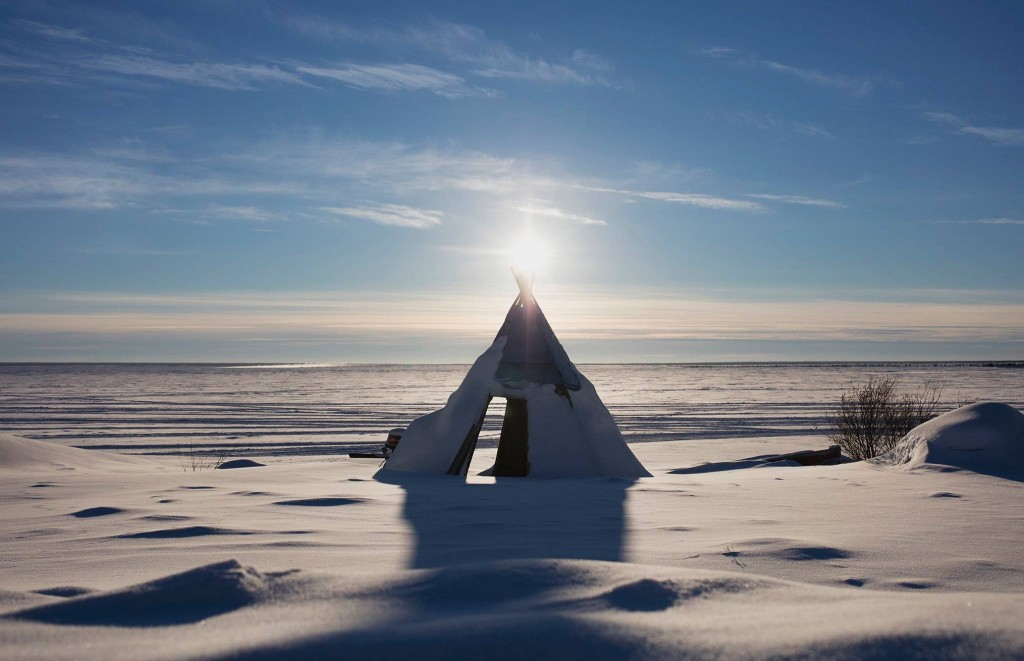

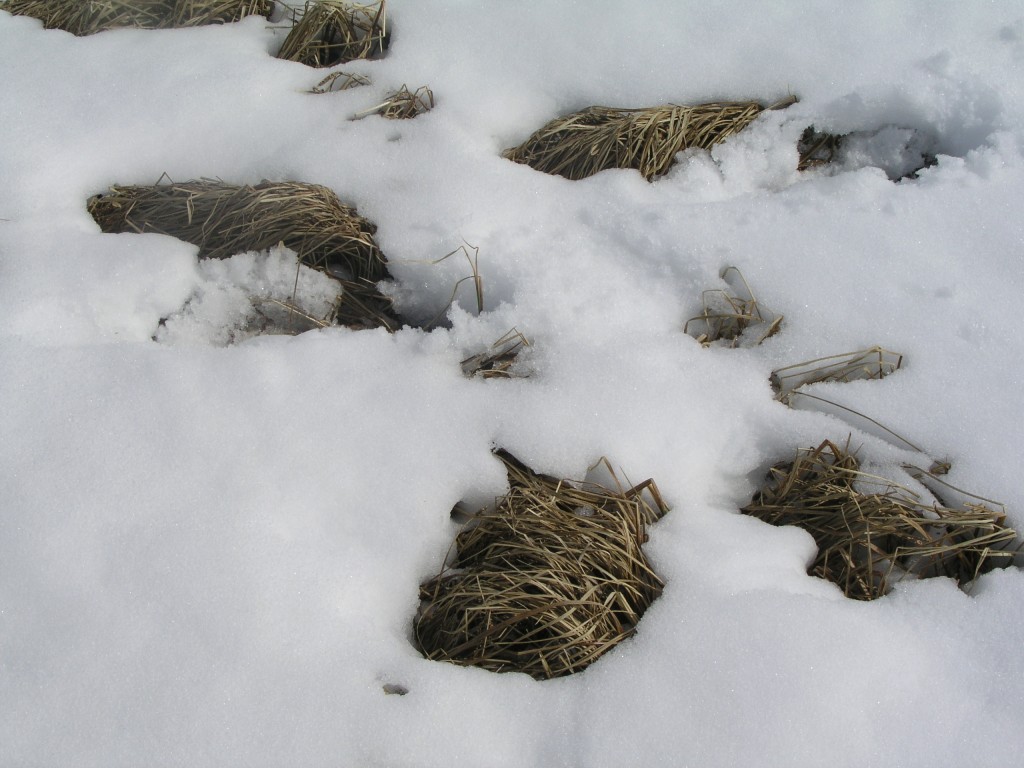

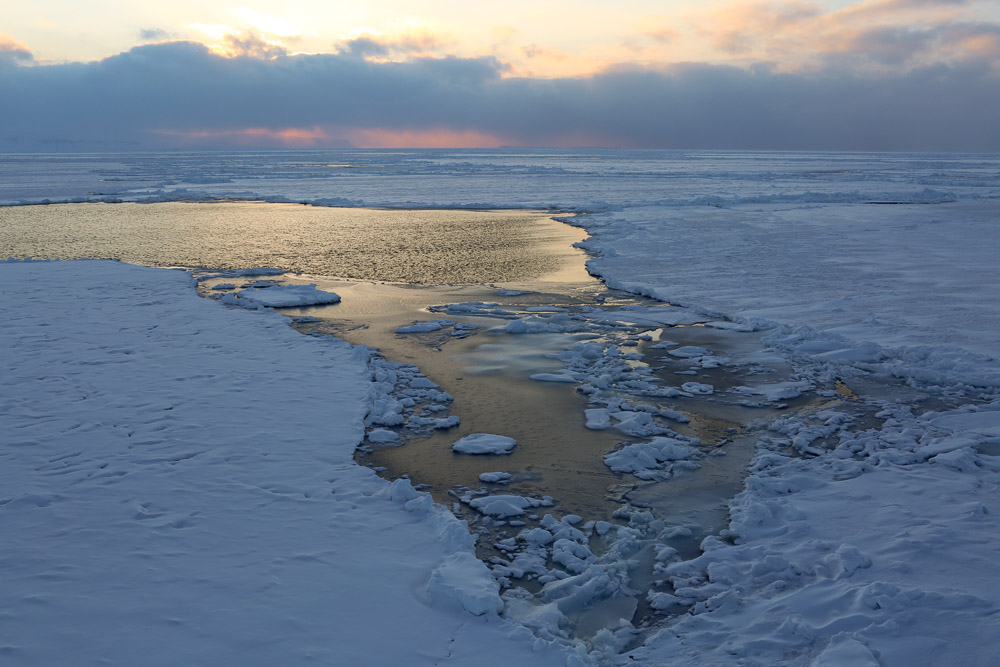
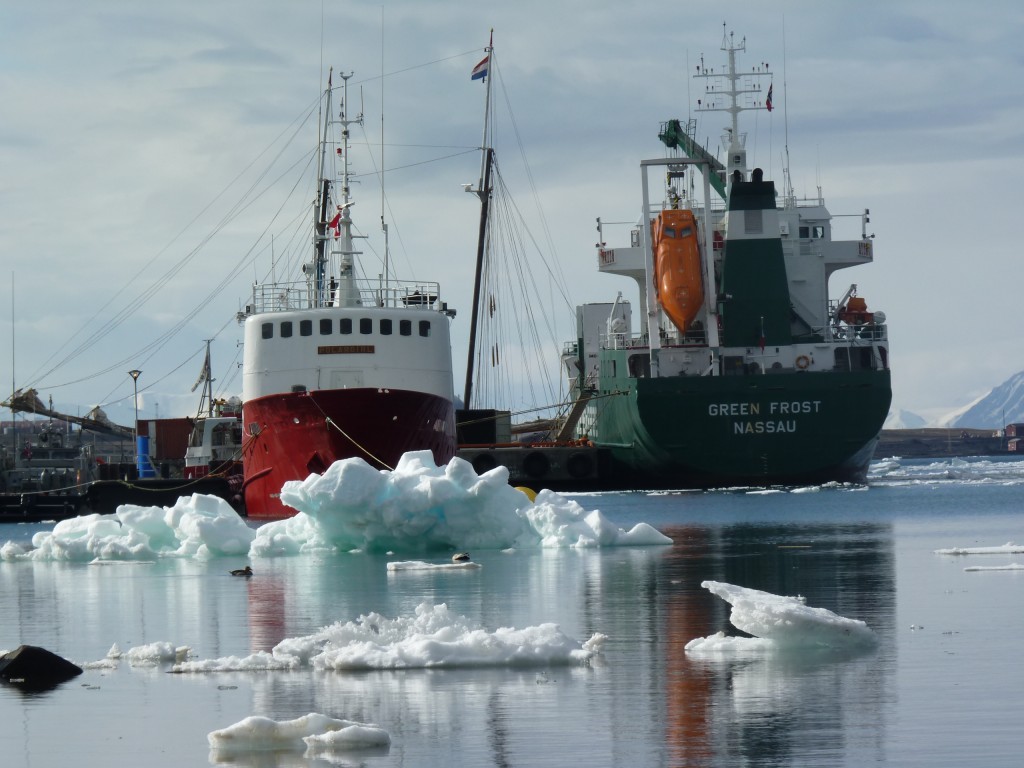
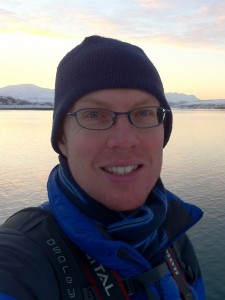


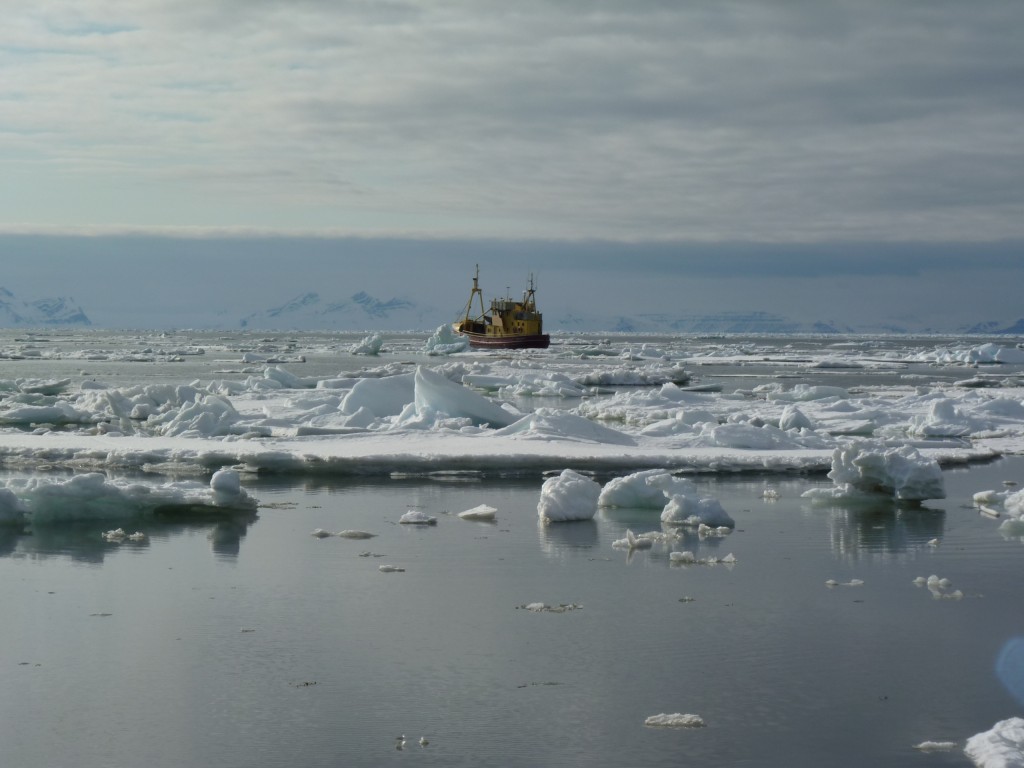

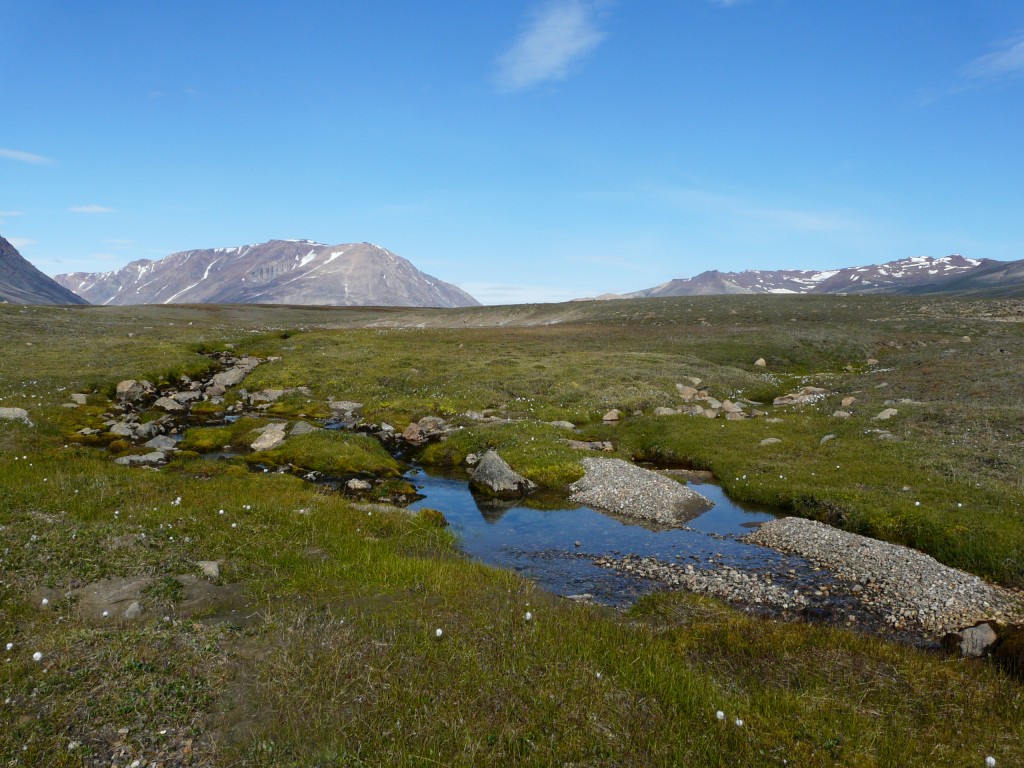
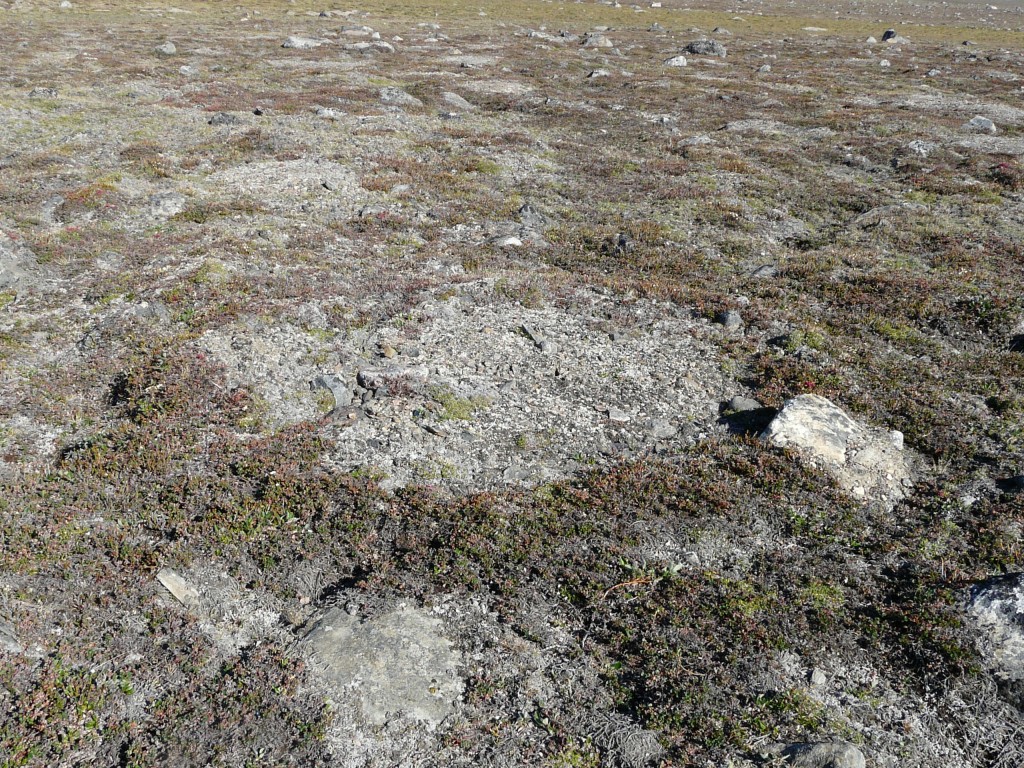
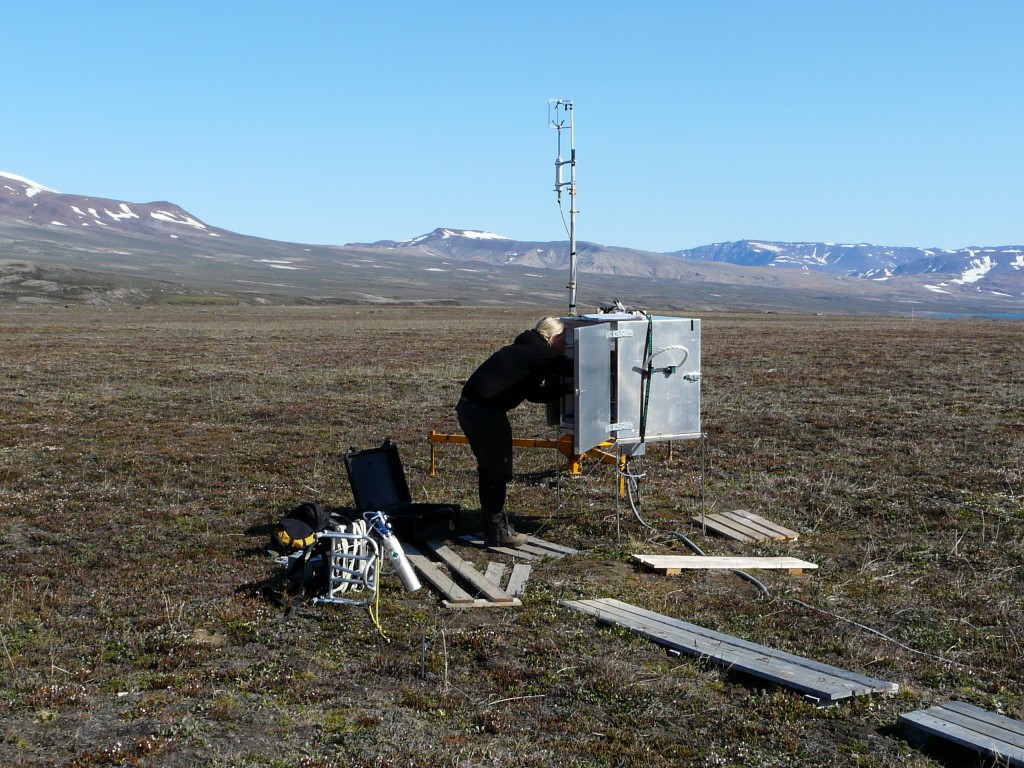
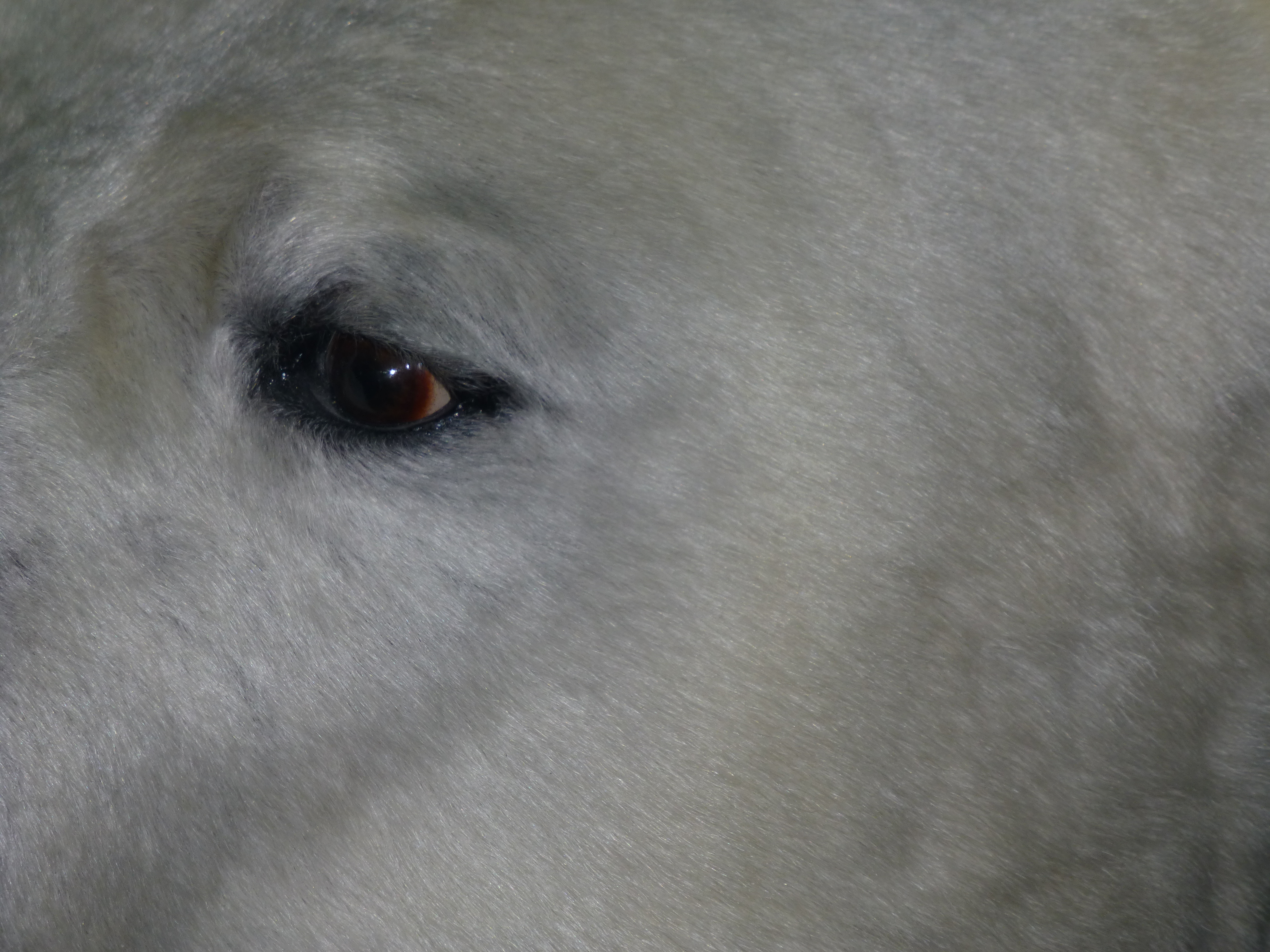

















Feedback